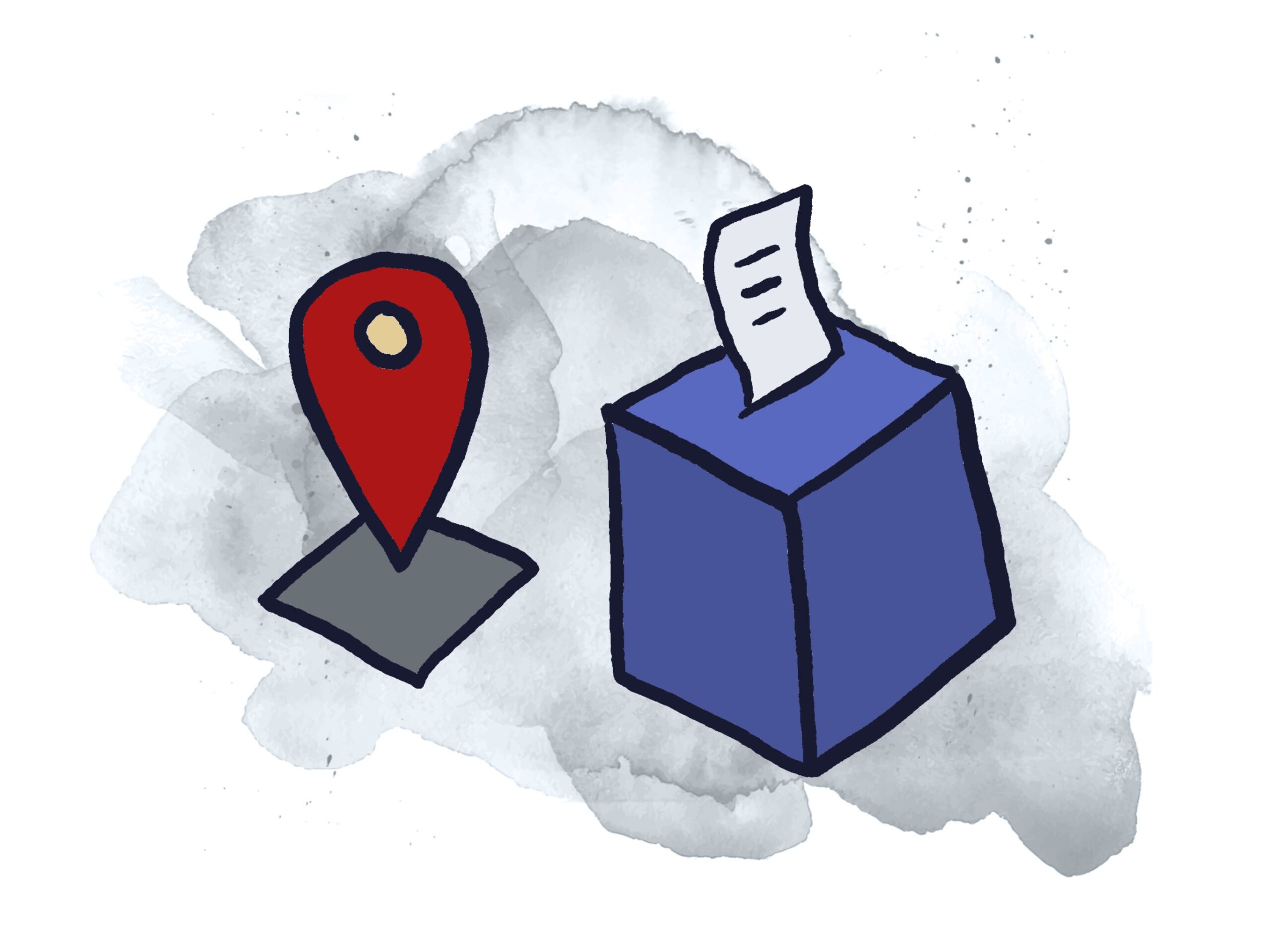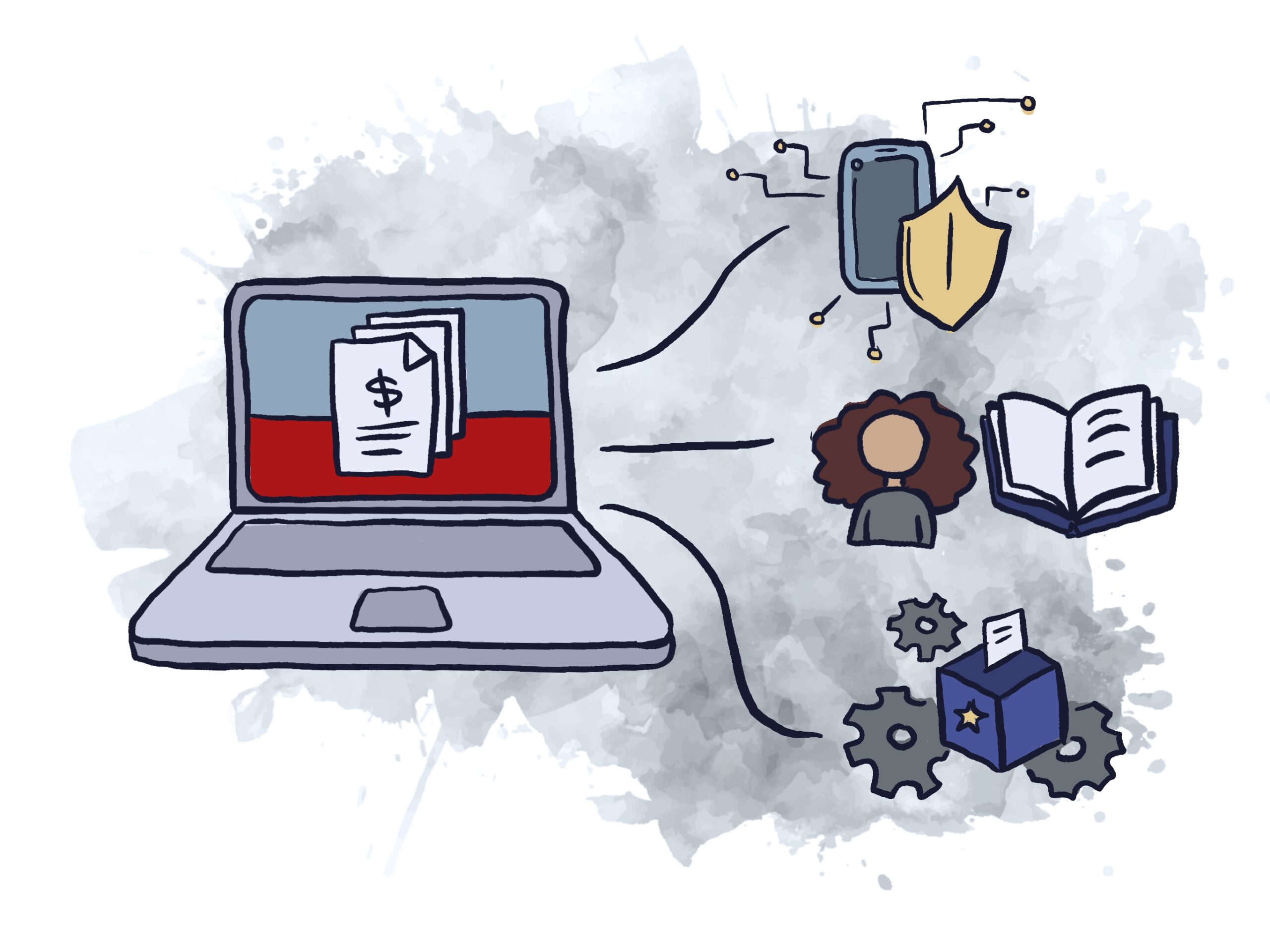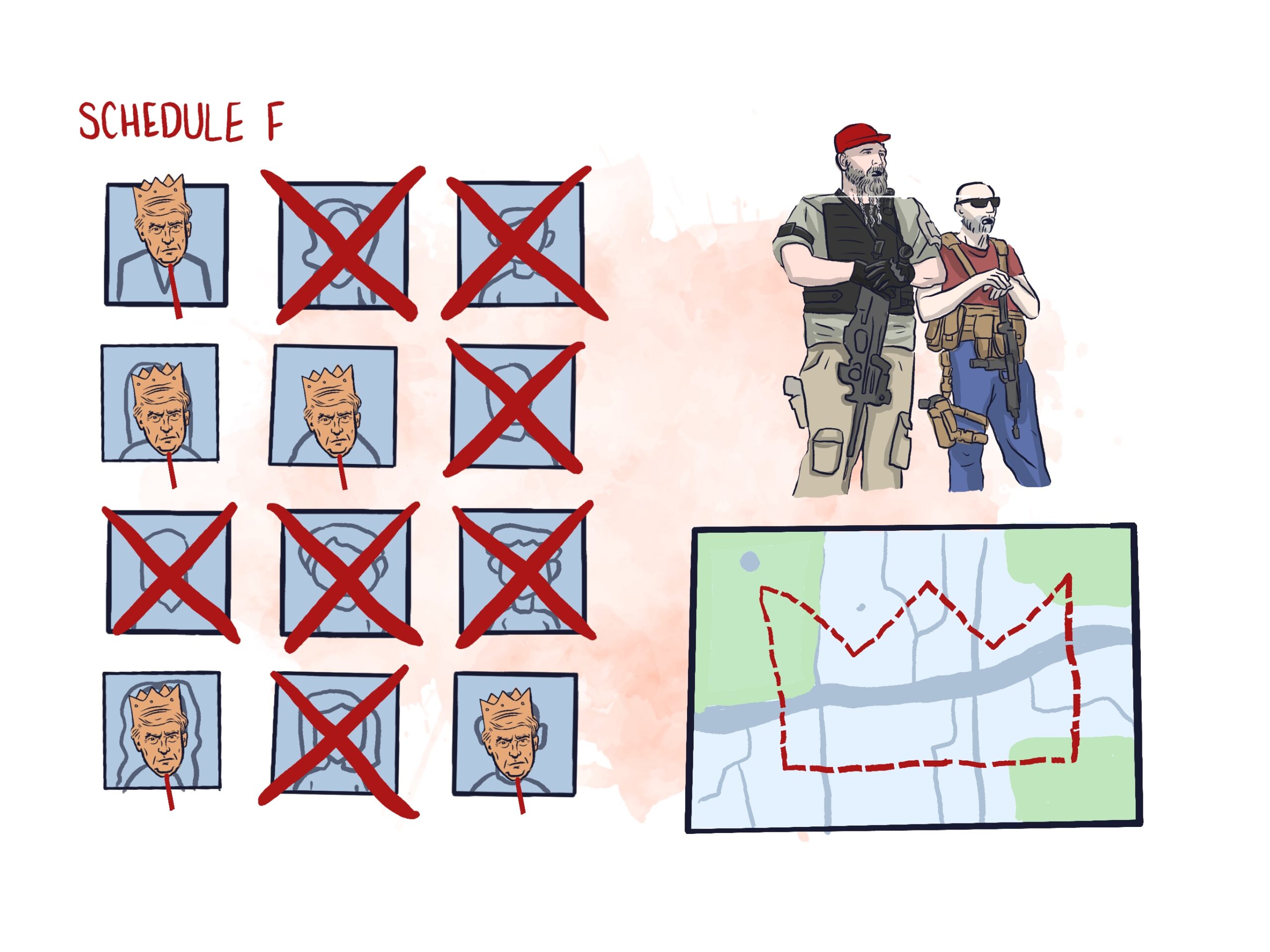You decide it’s best to stay small. This allows you to prioritize your work locally. Plus, you see many friends burning out by constantly “doing more” to halt the ongoing Trump pronouncements. You resist that tendency. You do your part and feel good about it.


There’s no clearinghouse for grant opportunities, and few officials have much time to research. So you develop an extensive spreadsheet of all the possible resources you can find. You hand the spreadsheet off to other election integrity folks and — within those circles — it goes viral. You see modest strengthening of the election infrastructure — better defended against cyberattacks, but also better prepared for all events. When a climate-change-fueled fire burns through the city, they are able to redeliver mail-in ballots quickly. Rather than just waiting until after the election to explain how the process is secure, you are able to demonstrate the safety, security, and responsiveness of the election infrastructure for all to see.
Over the next year, you see small political changes around you. But it feels like barely a dent amidst the national scene. Despite lower poll numbers, Trump continues filling the government with his loyalists. The courts eventually approve his Schedule F reclassification — 50,000 government workers are now being systematically replaced by Trump loyalists. Bureaucratic fights rage across many institutions. Trump installs judges across the country who gerrymander election maps in multiple states to give Republicans long-term power. But your heart tears as you see the language of fear and violence growing: immigrant communities terrified by right-wing militia patrols, increased violence against peaceful protestors, attacks on emissions standards, and exaggerated calls for political arrests.

